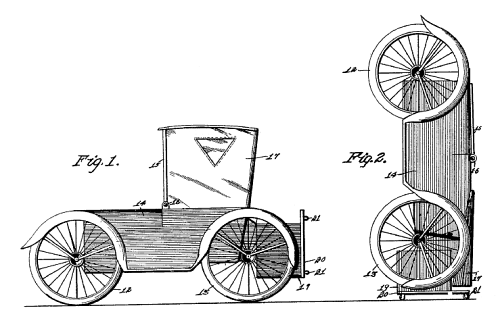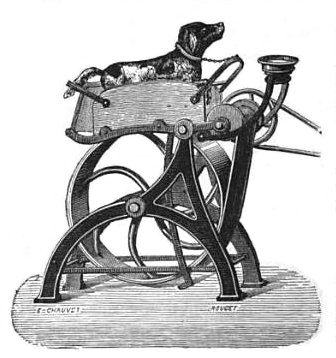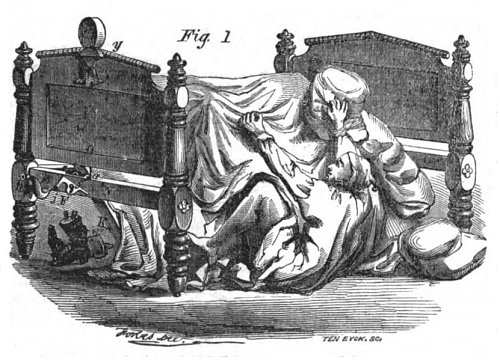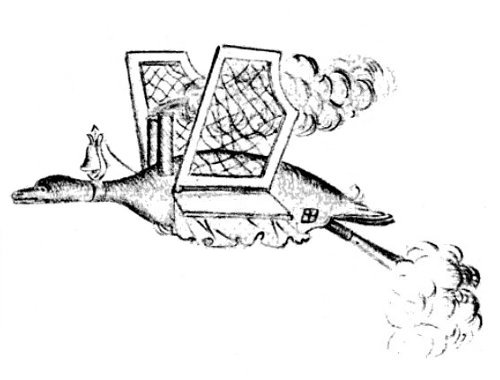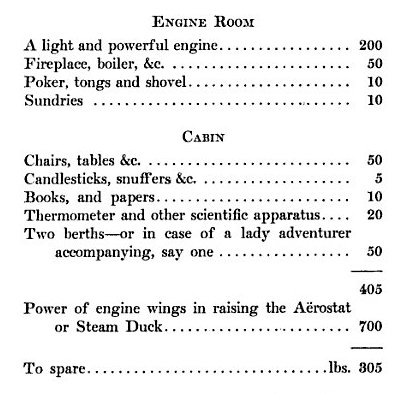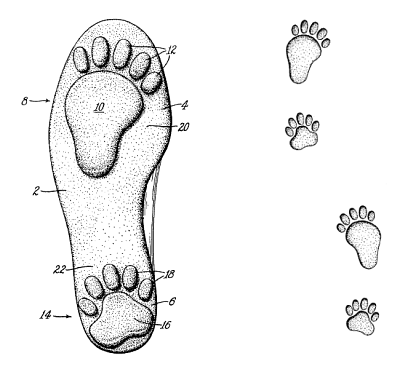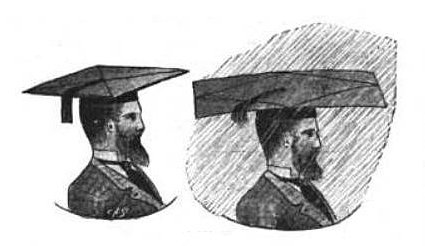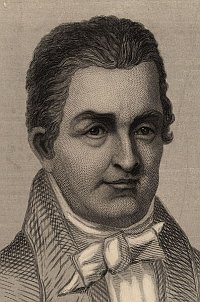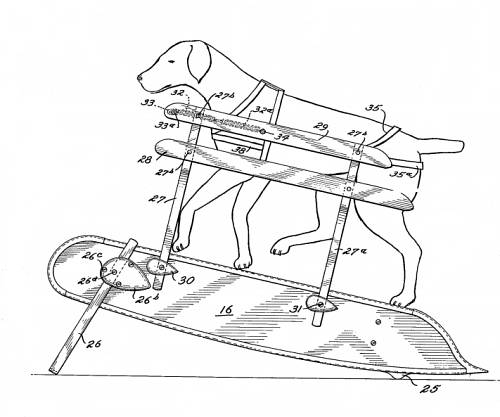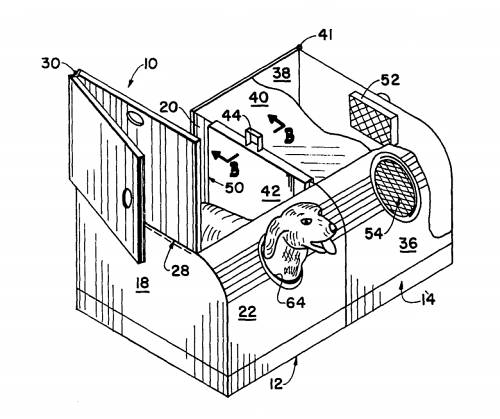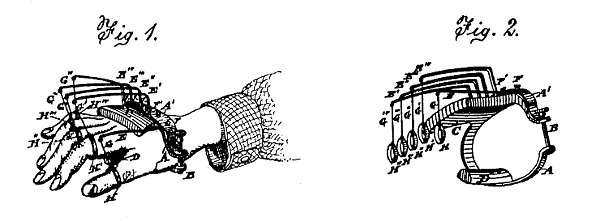
In 1881 Benjamin Atkins patented this “new and useful device for supporting and exercising the fingers of players on key-board instruments.” Essentially it’s a series of rings suspended from springs, “so as to compel the user to put forth unwonted strength” in depressing his fingers. In time this would foster “a superior decision of touch with greater flexibility and rapidity of motion.”
The Morning Post praised a similar device, noting that it could help a student acquire proper technique quickly, “without noise and without injury to the instrument.” “The testimonials to the value of the invention are extremely numerous and from persons most distinguished in the profession.”

